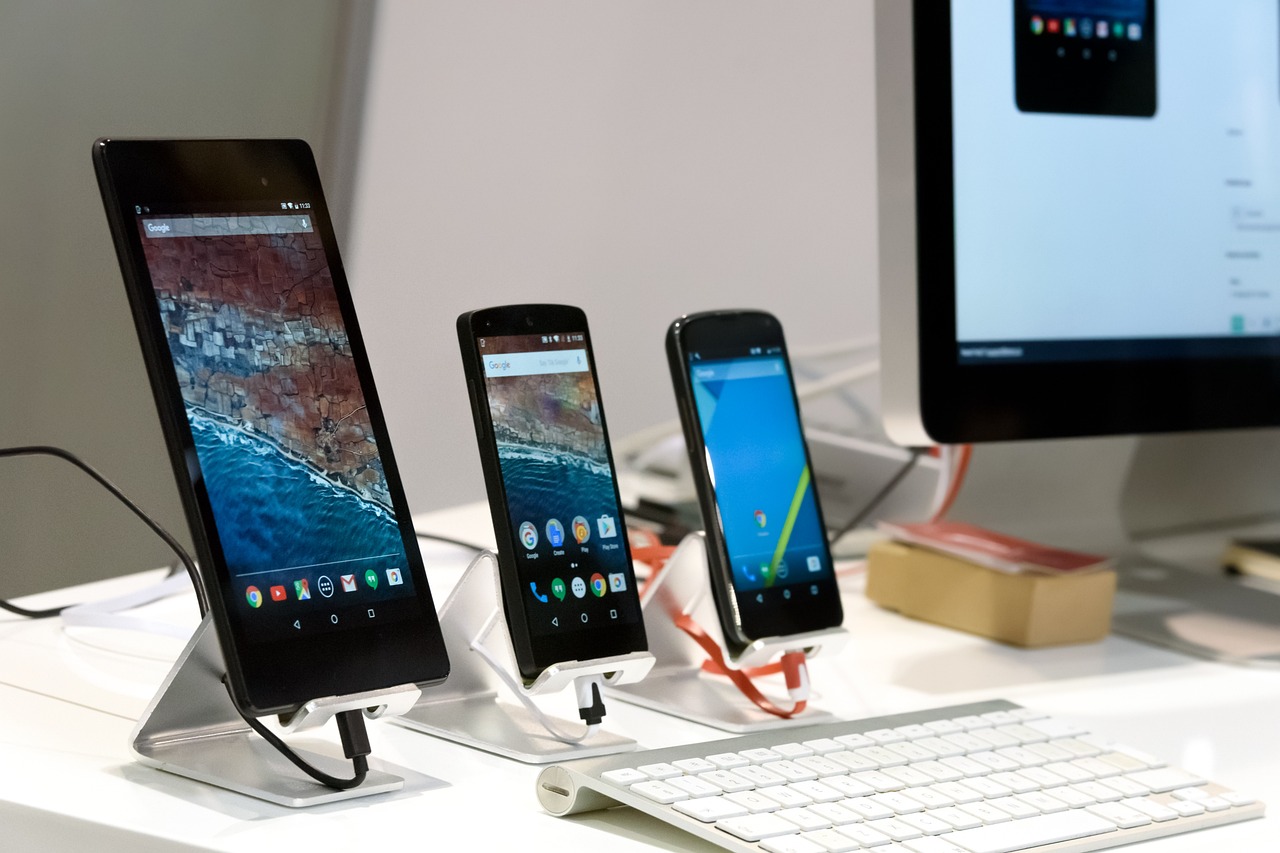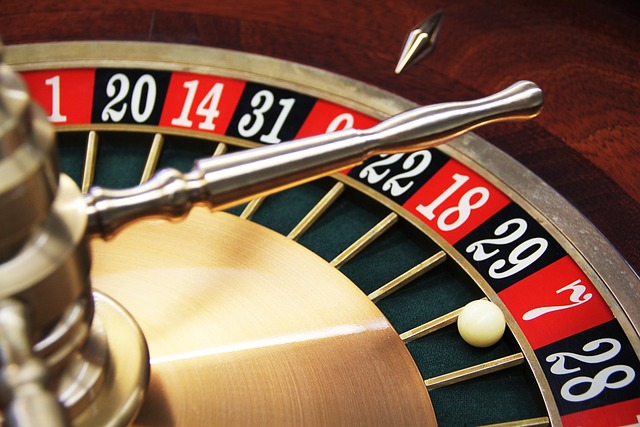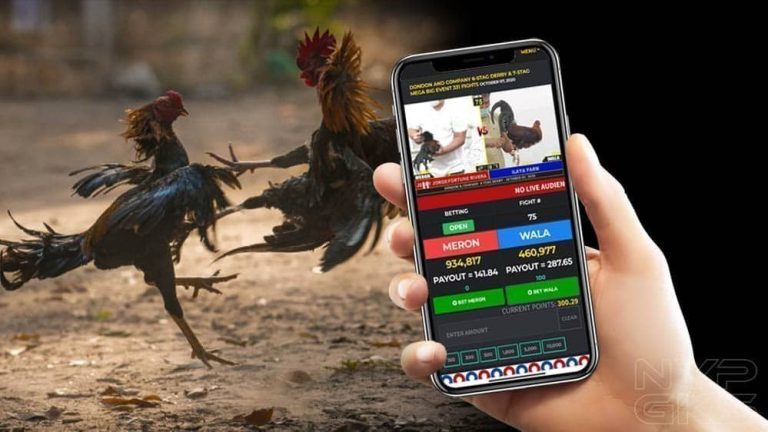The Evolution of Purchase Orders: Modern Trends and Technologies

The humble purchase order (PO) has been a cornerstone of business transactions for decades. Serving as an official offer issued by a buyer to a seller, it outlines the types, quantities, and agreed prices for products or services. As businesses march into the digital age, the evolution of purchase orders has been marked by significant trends and technologies that have transformed their role and functionality.
What is a Purchase Order?
At its core, a purchase order is a document sent from a buyer to a seller authorizing a purchase. It is a commitment to buy and a safeguard that ensures clear communication regarding the specifics of the order. Once accepted by the seller, it becomes a binding contract.
The Role of Purchase Orders in Accounts Receivable
In accounts receivable, a purchase order is a document that precedes the invoicing process. It is the trigger for the eventual payment and thus, is crucial in the cash flow cycle. Understanding what is a purchase order in accounts receivable is key to recognizing its significance in affirming the details of a sale before an invoice is generated.
The Shift to Digital Purchase Orders
The digital transformation has reinvented purchase orders, making them faster, more accurate, and integrated with other business systems. This shift has paved the way for several advancements:
- Electronic Purchase Orders: Digital versions that can be created, sent, and stored electronically, eliminating the need for paper.
- Automated Workflows: Systems that automatically route purchase orders for approval, ensuring efficient processing.
- Integration with Inventory Management: Linking purchase orders directly with inventory systems to update stock levels in real-time.
- Data Analytics: Leveraging data from digital purchase orders to gain insights into spending, supplier performance, and purchasing trends.
- Mobile Accessibility: The ability to create and approve purchase orders on the go from mobile devices.
The Future of Purchase Orders
Emerging technologies continue to shape the future of purchase orders. With the rise of artificial intelligence and machine learning, predictive analytics can now forecast purchasing needs. Blockchain technology promises enhanced security and traceability in the PO process. Furthermore, the integration of Internet of Things (IoT) devices enables automated reordering when stock levels drop.
FAQs on Purchase Orders
Q: How do purchase orders impact business efficiency?
A: They create a structured process for purchasing, enabling better forecasting, budgeting, and inventory management.
Q: What is the difference between a purchase order and an invoice?
A: A purchase order authorizes a purchase, while an invoice requests payment for that purchase.
Q: Can purchase orders be legally binding?
A: Yes, once a seller accepts a purchase order, it becomes a legally binding contract.
Conclusion
The transformation of purchase orders from paper-based to digital documents is more than an upgrade; it’s a redefinition of procurement processes. By leveraging modern trends and technologies, businesses are not just simplifying transactions; they’re embedding efficiency, transparency, and strategic insight into their operations. The significance of understanding what is a purchase order has never been greater, as it continues to be a fundamental element that bridges buying intentions with actionable, trackable, and efficient procurement.



